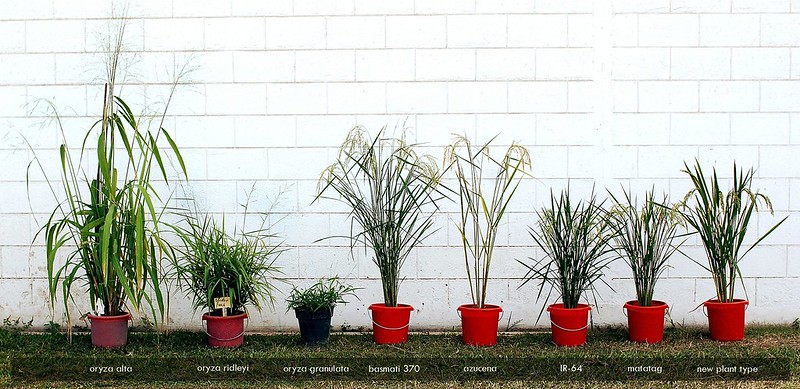Aggregated News

Part of the image collection of the
International Rice Research Institute (IRRI)
In the space of just a few years, Jiayang Li is trying to achieve something that once took people centuries. He wants to turn a wild rice species into a domesticated crop by hacking its genome. And he is already part of the way there.
Li, a plant geneticist at the Institute of Genetics and Developmental Biology in Beijing, is working on a wild rice species from South America called Oryza alta. It produces edible, nutritious grains, but they cannot be harvested because the seeds drop to the ground as soon as they ripen. To tame the plant, Li and his colleagues need to remove this trait, known as seed shattering, and alter a few others.
Li and his co-workers sequenced the O. alta genome and compared it with that of domestic rice, searching for genes similar to those that control important traits in the conventional crop, such as stem diameter, grain size and seed shattering. They then targeted these genes with customized gene-editing tools, trying...



